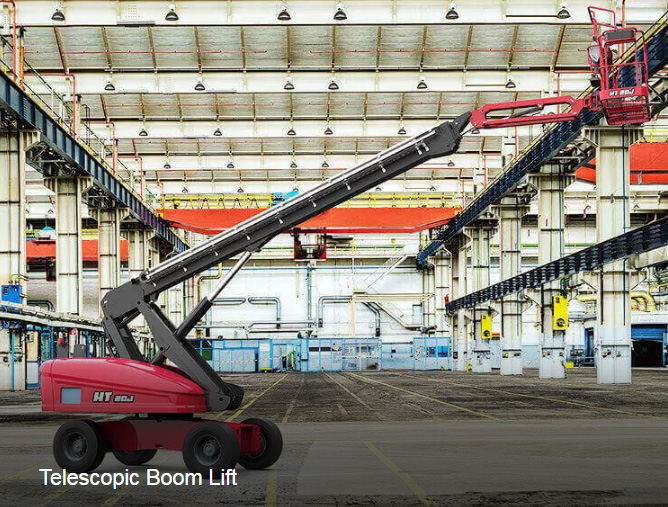Understanding the Difference Between AWP and EWP
In the construction and building industry, terminology can often be confusing, especially for those new to the field. Two terms that are frequently used interchangeably but have distinct meanings are AWP and EWP. This article will explore these concepts, clarifying their differences and helping you gain a clear understanding of each.
What is AWP?
AWP stands for Aerial Work Platform, commonly known as a "man lift" or "cherry picker." An AWP is a specialized piece of equipment designed to provide temporary access to elevated areas. It typically consists of a platform or bucket that can be elevated using hydraulic or mechanical systems, enabling workers to safely reach heights that would otherwise be difficult or dangerous.
AWPs come in various types, including scissor lifts, boom lifts, and personnel lifts, each designed to meet specific job requirements. They are widely used in construction, maintenance, painting, and other industries where working at heights is necessary.
Understanding EWP
EWP stands for Elevating Work Platform, a term that covers a broader spectrum of equipment than AWP. While AWP specifically refers to certain types of lifts, EWP includes any machinery, device, or vehicle used to provide temporary access to elevated areas, making AWP a subset of EWP.
EWP includes a wide variety of equipment such as scissor lifts, boom lifts, mast climbers, and more. These platforms can be self-propelled or towable, offering flexibility in terms of functionality and maneuverability. EWPs are widely used across various industries, including construction, maintenance, industrial work, and even emergency services, due to their versatility in accessing hard-to-reach areas.
Key Differences Between AWP and EWP
Now that we've outlined the basics of AWP and EWP, let's dive into the key differences between these two concepts:
1. Terminology
- The primary difference lies in the terminology. "AWP" specifically refers to Aerial Work Platforms, a term commonly used in North America. In contrast, "EWP" (Elevating Work Platform) is a broader term used globally that includes all types of platforms and equipment designed to elevate workers to higher areas.
2. Scope of Equipment
- AWP is a subset within the broader category of EWP. While AWP focuses solely on platforms designed for aerial work, such as scissor lifts and boom lifts, EWP encompasses a more extensive range of equipment. This includes not only aerial work platforms but also other lifting devices, access systems, and machinery used to provide temporary elevated access.
3. Design and Functionality
- AWP: Construction AWPs are typically designed with specific tasks in mind, such as reaching high heights or navigating tight spaces. They come in various configurations, like scissor lifts that move vertically or boom lifts that offer both vertical and horizontal reach.
- EWP: EWP covers a broader spectrum of equipment, including both self-propelled and towable units. These units vary widely in functionality and design, catering to a range of tasks beyond just aerial work, such as mast climbers and other specialized lifting devices.
4. Regional Variations
- AWP: The term "AWP" is more commonly used in North America.
- EWP: "EWP" is recognized globally. Understanding this regional variation in terminology is crucial when collaborating with international partners or sourcing information from different regions.
Conclusion
In conclusion, while AWP and EWP are related concepts associated with temporary access to elevated areas, they have distinct differences. AWP specifically refers to aerial work platforms, while EWP encompasses a broader range of equipment used for the same purpose. Understanding these differences can help professionals in the construction and maintenance industries choose the appropriate equipment for their specific needs.





